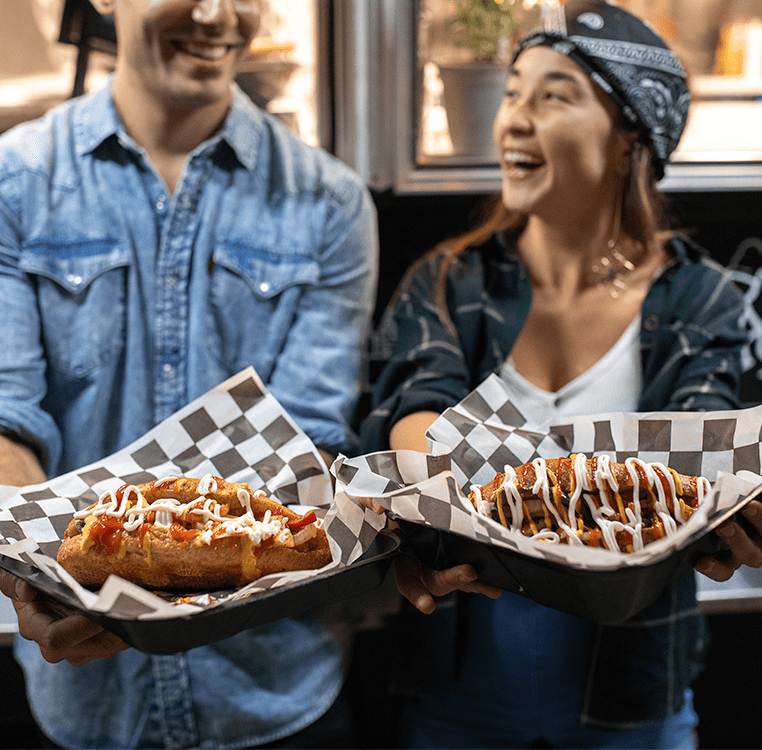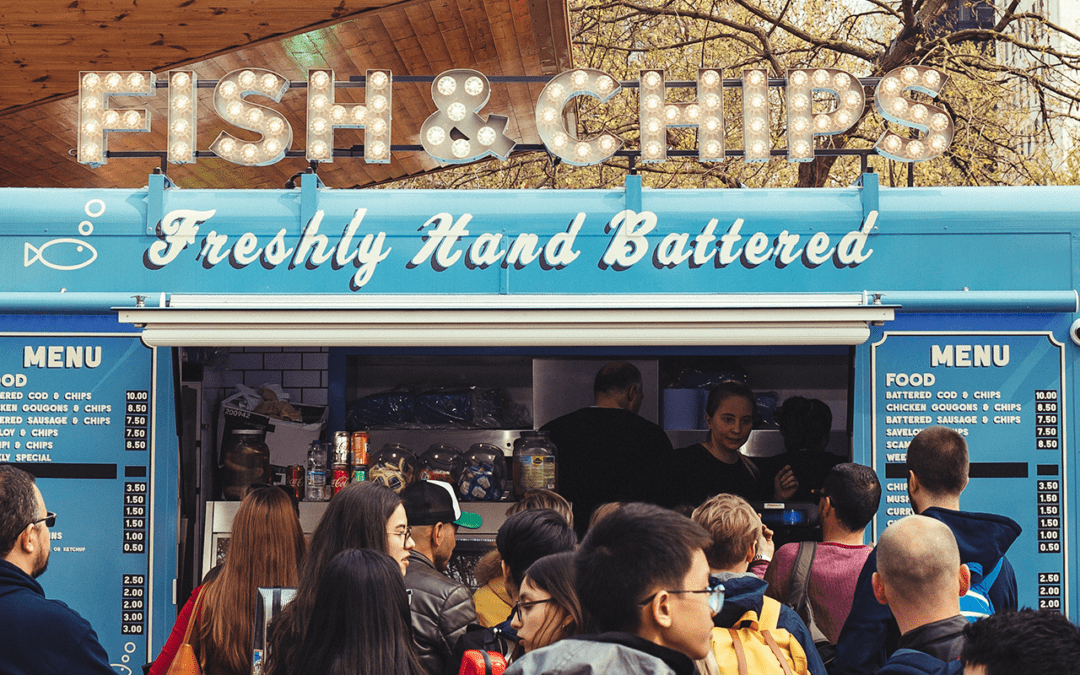Why are Food Trucks the Latest Trend?
Food trucks are authentic. They are small businesses that aren’t anything like a franchised restaurant or corporation. These meals on wheels businesses sell directly to their customers, which makes for meaningful interactions. We are also seeing food trucks promote organic food choices. Each food truck has their own unique menu and many of them are including these kinds of options.

The convenience is also a major benefit of food trucks. While we faced limitations eating indoors over the past year, food trucks set up shop in parking lots and public parking areas. It’s much easier to make a stop at a food truck than it is to sit down at a restaurant in 2021. No reservations are required and the prices are generally fair.
Successful Food Truck Setups Across the Country
The food truck partnerships are mutually beneficial because they are an attractive option for many customers. For example, Connecticut has seen a big surge in breweries over the last few years. While many breweries choose to serve just beverages rather than food, it’s not a limitation. This is because breweries in Connecticut are partnering up with food trucks everywhere.

Successful Technology Trends

How Companies Can Bring their Brand Beyond Brick and Mortar to Food Trucks
Regulations: There are lots of regulations that potentially slow the rapid growth of food trucks. Brick and mortar businesses need to look into a seller’s permit, health department certification, truck permits, inspections, and liability insurance.
Upfront Costs: Besides just getting a truck and serving food, costs upfront could add up quickly. The cost of inspections, licenses, and permits could rack up tens of thousands of dollars in the U.S.
Active Inventory: With limited space, you’ll have to plan for minimal food storage. This means you have to be accurate when ordering your inventory while restaurants in traditional buildings have the space for extra.
Weather Planning: Since you rely on the benefits of the outdoors, you have to account for bad weather too. Less people will want to wait in line during a steady rainfall. Make sure you plan your inventory accordingly with the weather forecast!

